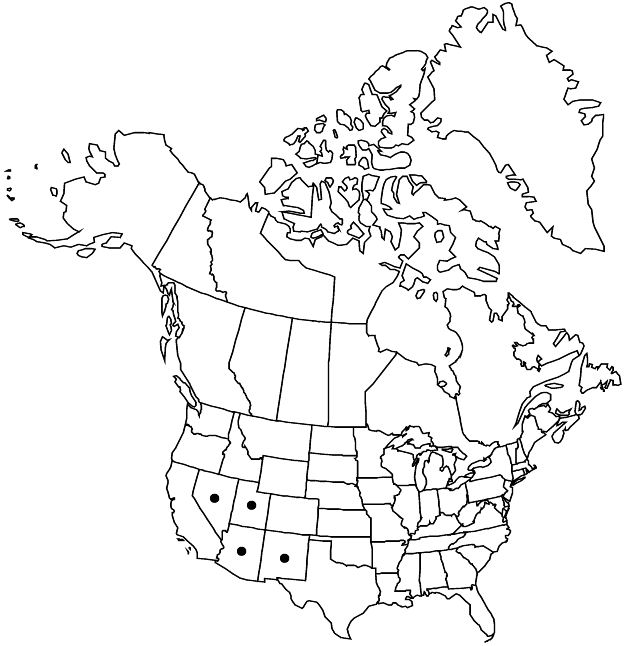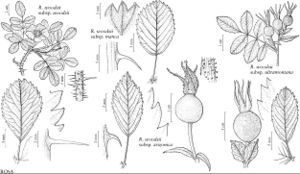Difference between revisions of "Rosa woodsii subsp. arizonica"
Novon 17: 350. 2007.
FNA>Volume Importer |
imported>Volume Importer |
||
| Line 65: | Line 65: | ||
|publication year=2007 | |publication year=2007 | ||
|special status=Illustrated | |special status=Illustrated | ||
| − | |source xml=https:// | + | |source xml=https://bibilujan@bitbucket.org/aafc-mbb/fna-data-curation.git/src/bb6b7e3a7de7d3b7888a1ad48c7fd8f5c722d8d6/coarse_grained_fna_xml/V9/V9_158.xml |
|subfamily=Rosaceae subfam. Rosoideae | |subfamily=Rosaceae subfam. Rosoideae | ||
|tribe=Rosaceae tribe Roseae | |tribe=Rosaceae tribe Roseae | ||
Revision as of 00:26, 28 May 2020
Shrubs, 10–25+ dm, usually forming thickets. Stems openly branched; prickles usually present on distal stems and branches, infrastipular strongly curved or hooked, sometimes introrse, stout, sometimes flattened, 2–8 mm, internodal sparse or absent. Terminal leaflets usually elliptic, rarely cordate or narrowly ovate, 10–30 mm. Inflorescences 1 or 2(–4)-flowered. Sepals: abaxial surfaces usually stipitate-glandular, sometimes eglandular. 2n = 14.
Phenology: Flowering May–Jun.
Habitat: Sandy soil of oak, juniper, and pine forests, alluvial flats, brushy hillsides, sandstone cliff bases, sunny road banks
Elevation: 1300–2400 m
Distribution

Ariz., Nev., N.Mex., Utah, Mexico (Chihuahua).
Discussion
Subspecies arizonica occurs primarily along streams in forested areas of Arizona, southern Nevada (Spring Mountains), northwestern New Mexico, and southern Utah with extensions into mountainous regions. Tall open habit, strongly curved prickles, and stipitate-glandular sepals are diagnostic, although not always present in combination. Plants with relatively few or no prickles, endemic to the West Fork of Oak Creek Canyon in Coconino County, Arizona, are var. ertterae W. H. Lewis, the Ertter rose; conservation attention to this variety is warranted. The remainder of the subspecies is var. arizonica.
Selected References
None.
